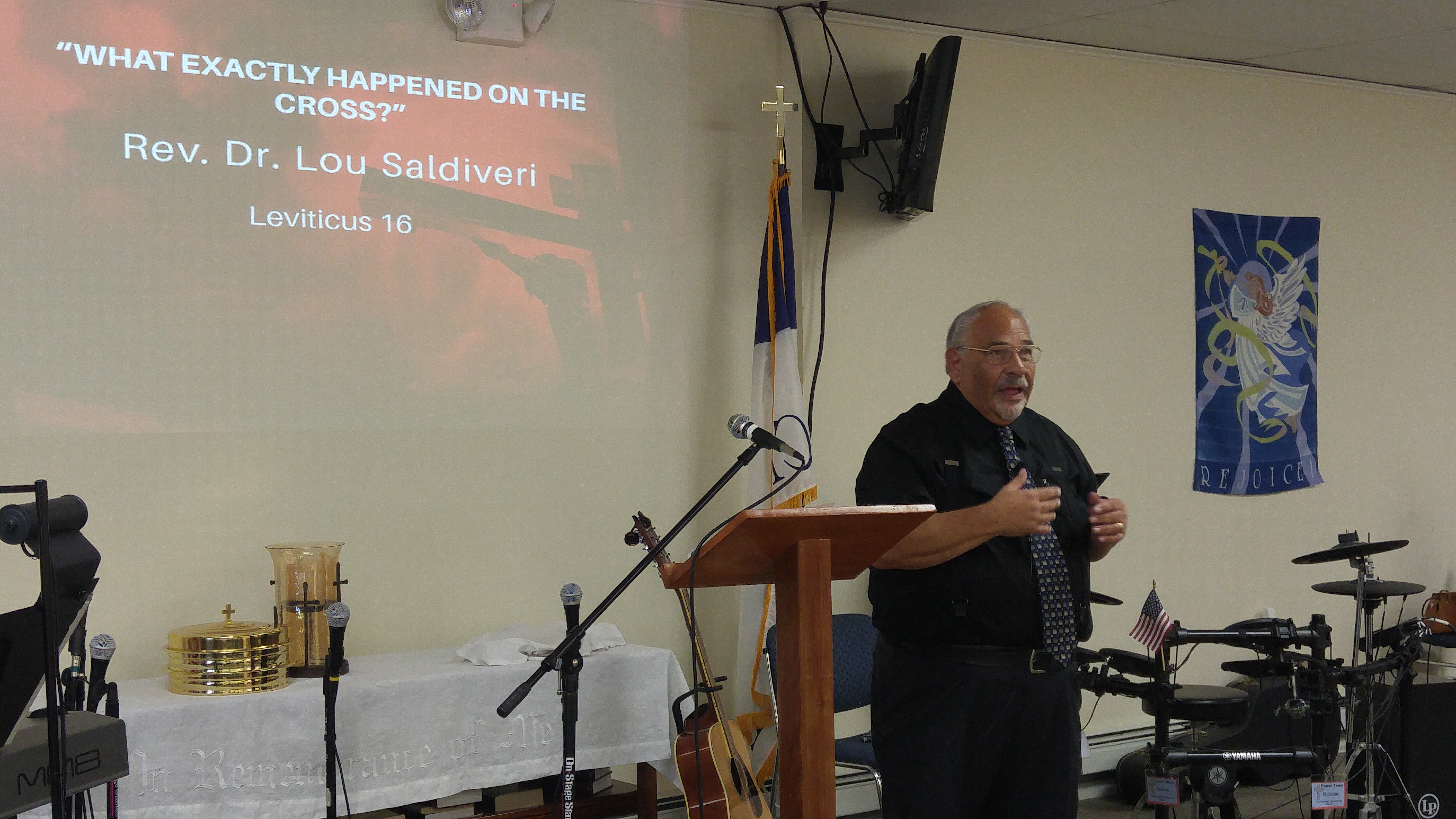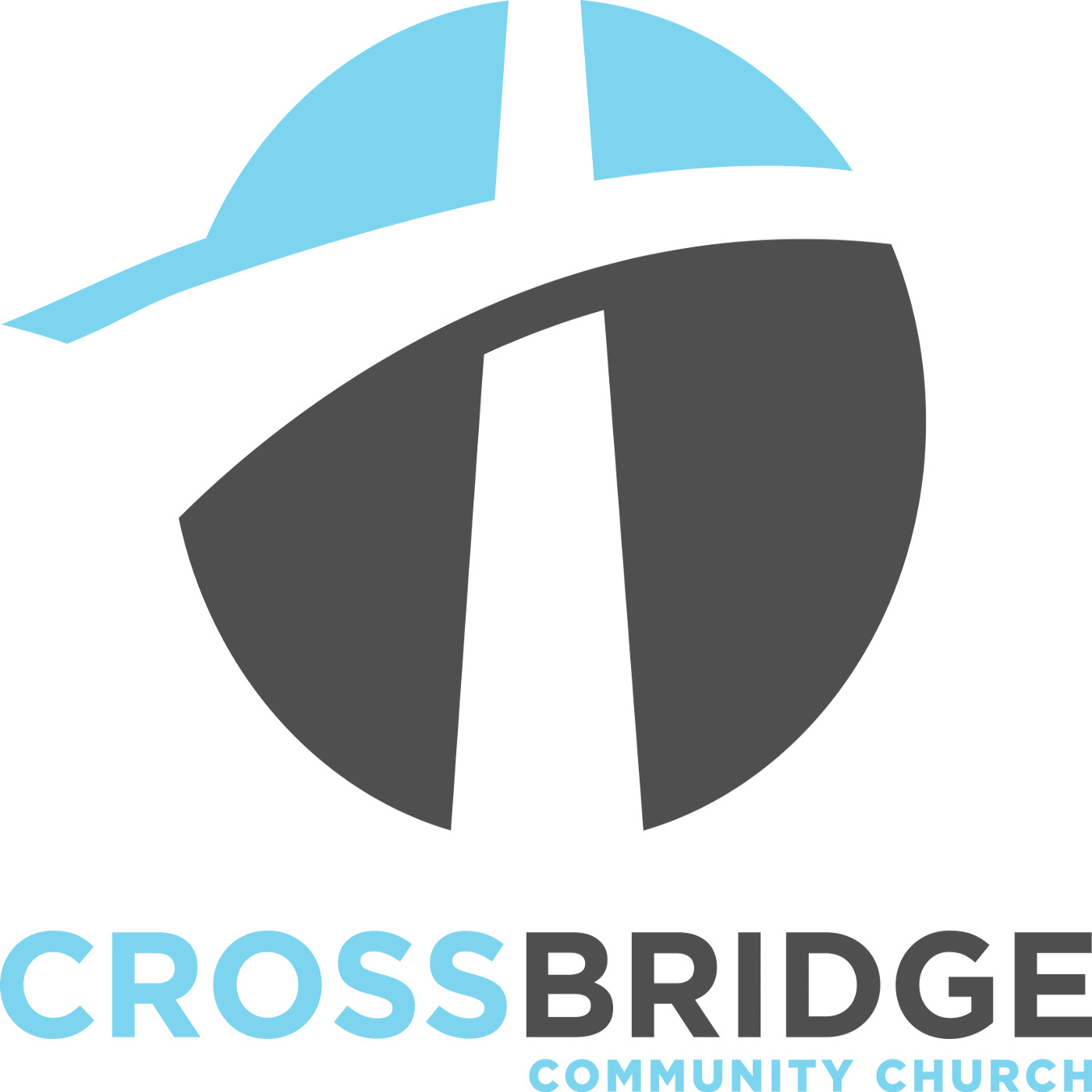
What Really Happened on the Cross?
Bible Text: Leviticus 16 | Preacher: Rev. Dr. Lou Saldiveri | Series: Sunday Morning Worship
— Pastor Lou’s Notes —
Intro: I remember an episode of the Andy Griffith Show in which Andy and Barney went to the state capitol e.g. the big city, to meet with that city’s police department. Later that evening, they went to a fancy French restaurant for dinner. When it came time to order, Barney wanted to prove that he was a man of the world and ordered from a menu that was written in French. The problem was that he didn’t understand a word of French. So, he ended up with an order of snails that he could not even look at.
Sometimes when we come to passages in the Bible, we come across words that are not used very often in our current culture and churches. Leviticus brings us face to face with one of those words. That word is atonement. My concern as a pastor is that we can read the word and treat it like a word on a foreign language just like Barney did at the restaurant. Perhaps we assume we know what it means, but in the process, we may loose some of the real meaning and flavor of this word.
As a result, you and I would loose much of the wonder of the cross of Jesus Christ. You and I need to get a grasp on this concept of atonement so we can have a deeper sense of what happened on the cross of Christ 2000 years ago. I believe Leviticus 16 gives us great insights of what atonement is all about.
Insights:
1. First Understand God is Perfectly Holy
1. This is God’s nature
1. He cannot lie, steal, etc, because it is contrary to His nature
2. God is allergic to sin and cannot not look upon it
1. Remember sin is doing anything that is not in line with God’s nature
2. God gave the Law in the Old Testament to show us how holy He is and how unholy we are
1. When the Holy Spirit opens our heart and eyes, we will understand that we cannot live up to God’s standard which makes us sinners
2. God’s nature requires punishment and death when we violate His law
3. We also begin to understand understand that we are in desperate need of a rescuer
1. Sin against God had to be made right to satisfy God’s complete holiness
2. In the O.T, There Was a Specific Procedure and Time
1. God’s sacrificial system points to Christ
1. The Hebrew word kaphar and its derivatives mean to cover
1. God instituted the sacrificial system of the Old Testament to cover sin
1. Sacrifices offered in faith meant that God saw the atoning sacrifice rather than the sin
2. The sacrifice must bear God’s righteous anger for our sin e.g the wrath of God
3. The sacrifice was a substitute for the sinner who bore the sin of the sinner
1. The laying on of hands to transfer our sin
2. This was done with the scapegoat
4. These all point to the Cross of Christ
2. The Day of Atonement
1. Once a year after the Passover
2. Can Only be done by the High Priest who was ceremonial and spiritual clean
3. This covered the sin of the people when this was exercised in faith until the next year
3. In the N.T., There Was a Specific Person and Time
1. 2000 years ago at Calvary outside the city
2. Jesus is both our High Priest and our Substitute Holy and Perfect Sacrifice
1. Illustration: ATONEMENTI read about a small boy who was consistently late coming home from school. His parents warned him one day that he must be home on time that afternoon, but nevertheless he arrived later than ever. His mother met him at the door and said nothing. At dinner that night, the boy looked at his plate. There was a slice of bread and a glass of water. He looked at his father’s full plate and then at his father, but his father remained silent. The boy was crushed.
The father waited for the full impact to sink in, then quietly took the boy’s plate and placed it in front of himself. He took his own plate of meat and potatoes, put it in front of the boy, and smiled at his son. When that boy grew to be a man, he said, “All my life I’ve known what God is like by what my father did that night.”
J. Allan Peterson.
3. Jesus Christ e.g. fully God and fully man
1. Because Jesus was fully God, He was the perfect sacrifice e.g. without sin
2. Because Jesus was fully human, He was the perfect substitute to take on our sin and bear to full wrath of the Father (death and separation from the Father) we deserve.
1. Illustration: God requires satisfaction because He is holiness, but He makes satisfaction because He is love.
A.H. Strong.
4. There Was a Specific Purpose
1. Love: John 3:16-17
1. He is the complete fulfillment of the Old Testament Law and sacrificial system (Luke 22:37) and (Isa. 53)
2. The Lamb of God (John 1:29)
3. A Ransom: freedom from bondage e.g. the bondage from our own sinful nature
4. He is the giver of new life and purpose.
2. Jesus was sacrificed once and for all.
1. There is no need of a sacrifice for sin ever again
2. All we need to do is repent and believe by faith
1. After that, never forget the sacrifice our Great Savior made on our behalf.
2. He took to full wrath of God’s anger and punishment for your sin and mine.
3. God accepted Christ’s death as sufficient payment for our sin e.g. the Resurrection
Closing: The Lord’s Table: May I invite you to meditate on what happened on the Cross of Christ? It is where the holiness of God and the love of God kiss. Sin must be punished, and God’s love sent the One to bear our punishment. The Lord’s table was given to us By Christ Himself to remind us of God’s holiness and love. It also reminds us to examine ourselves and confess and repent of our sins. It is an opportunity to experience God’s love, forgiveness, and grace. It is also a reminder to look forward and be anticipating Christ’s second coming.
